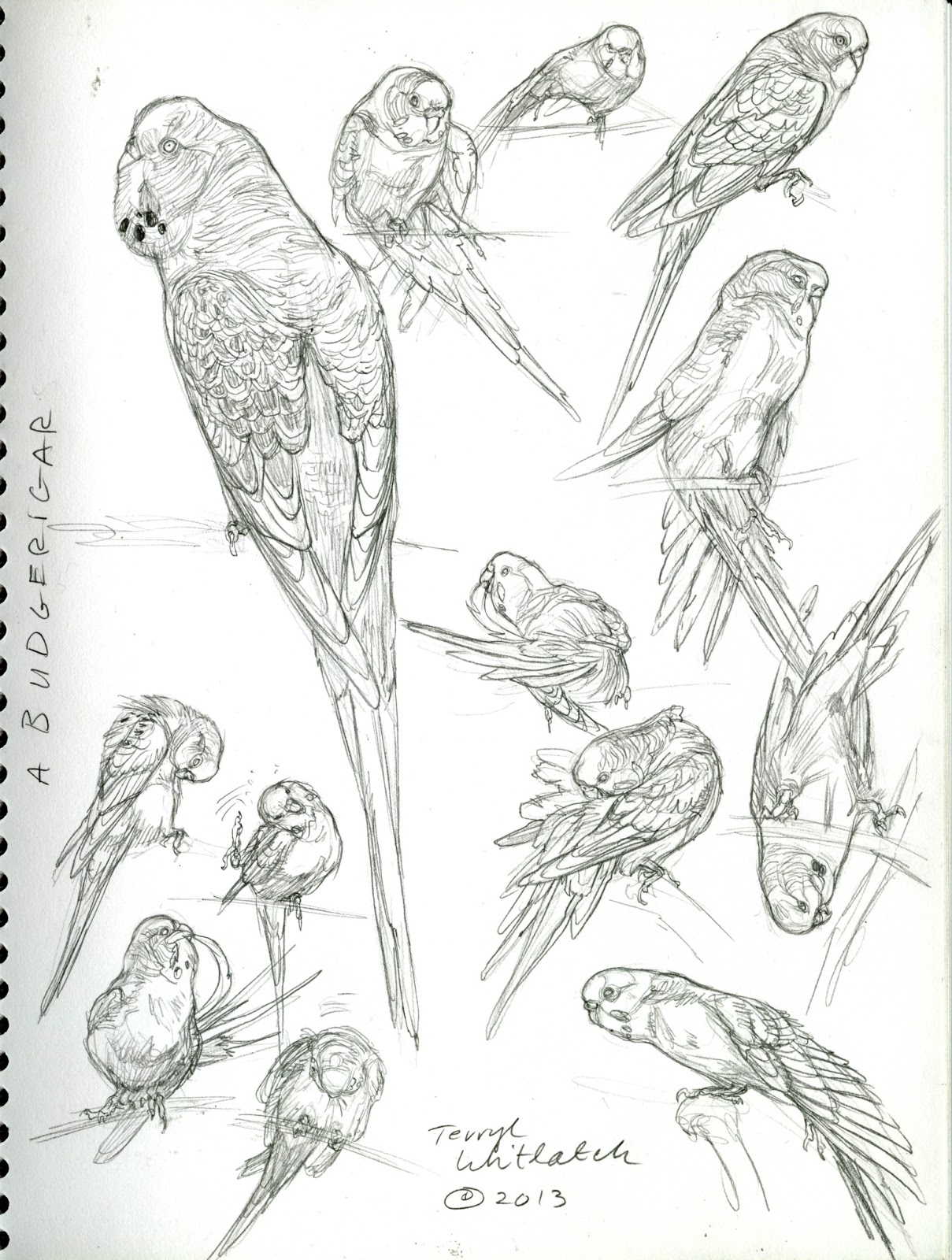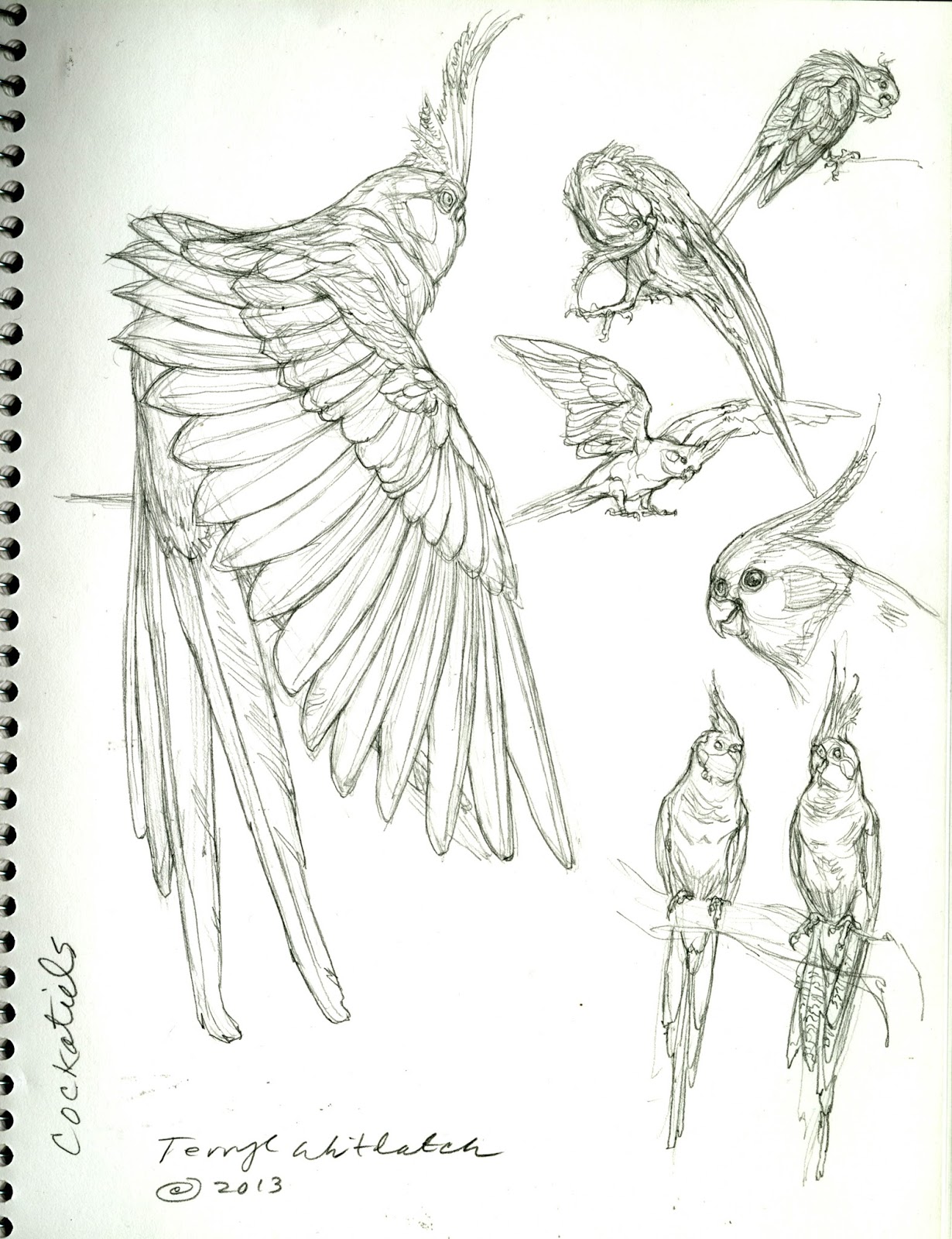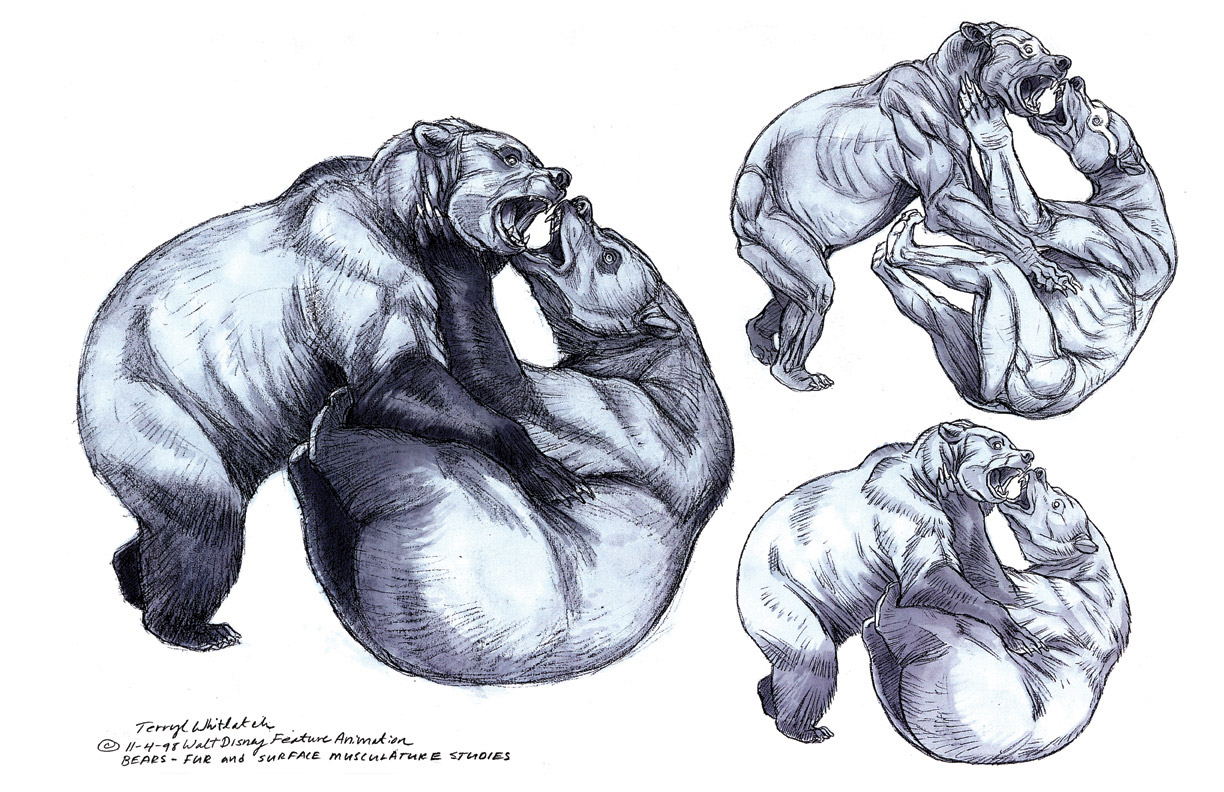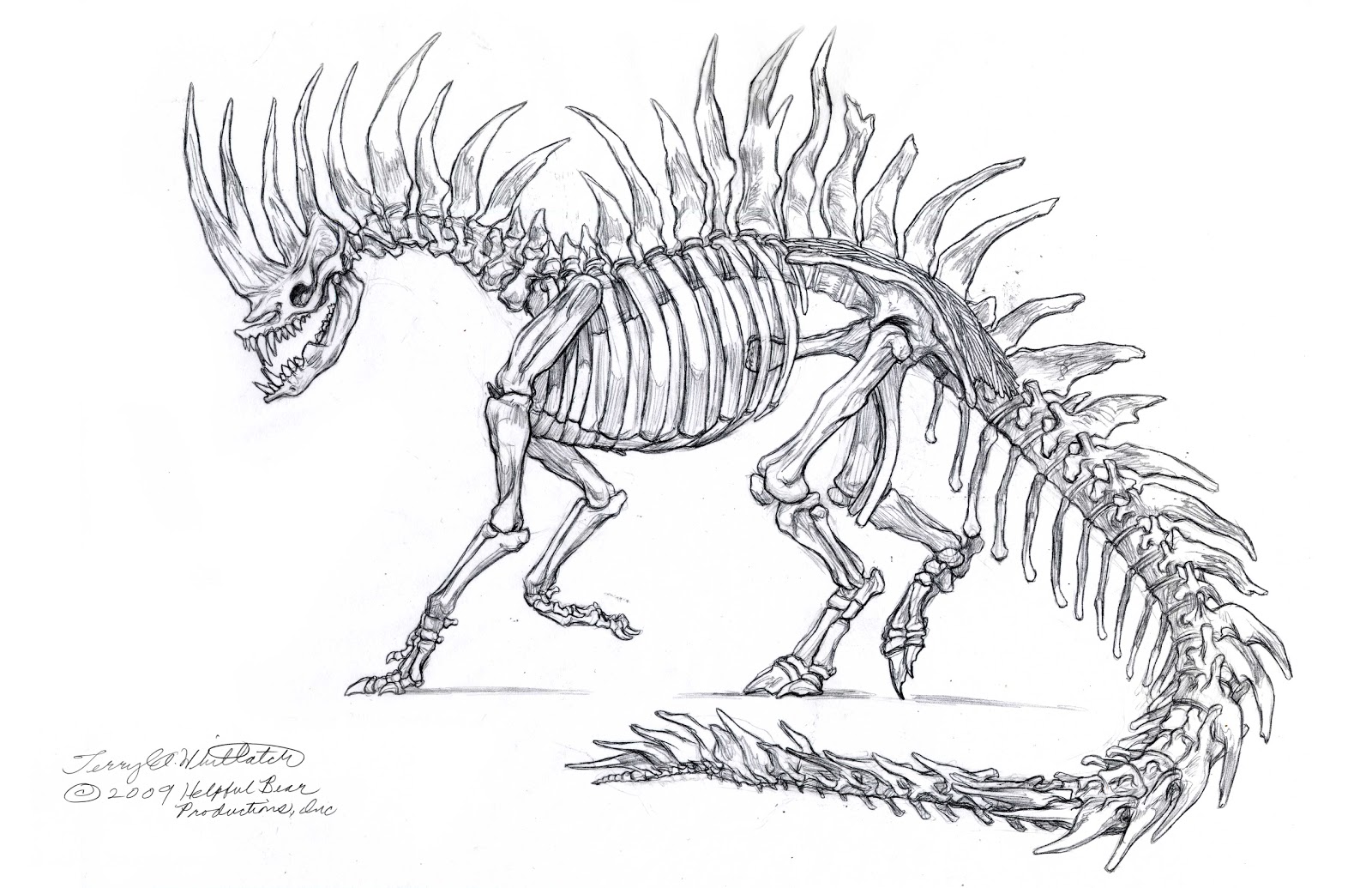So often as concept artists, creature designers, and illustrators we get so caught up and focused on the project at hand, technique, and inherent deadlines that we forget the very foundation of art itself—that of nature. It seems ironic that we cut ourselves off from what breathes life into the imaginary worlds we strive to create and populate, spending hours and days in front of our easels and computer screens…so its high time to come up for air, and go out and look at the dinosaurs!
Little theropods are all around us. In the forms of house finches, crows, towhees, and yes, pigeons, known also by their more dignified names as Eurasian rock doves. These small relatives of the Tyrannosaurs flit about, always busy, making their livings in the natural world. While many are primarily seedeaters, such as the sparrows and finches, many are relentless little predators—from a worm’s or insect’s point of view, a robin might as well be a T-rex.
And of course, there are the raptors, such as red-tailed and sharp-shinned hawks, and not uncommonly, at least in my area of California, barn owls seen perched and blinking in the daylight. Quail, with their bobbing topknots, scurry through the brush and under rose bushes, their legs whirring under stiffly held little bodies as they run.
Sketching these little dinosaurs is a delightful way to refresh our own artistic perspectives and inform our art at the same time. Indeed, it can be challenging to do field studies and drawings from life, but where else can you really see how animals behave? And the interesting poses they take that are so often NOT recorded in photographs. After all, the photos ( if not taken by ourselves and even if they are) that we use for reference are already edited for us, and do not even begin to document the infinite levels of behaviors, poses, and personal peculiarities of the individual creature, not to mention species.
Add to that the outer layer of feathers, which can drastically impact the appearance of any one bird, depending on its mood and need, and we really have our work cut out for us. Nature is ever inventive, and for those of us who specialize in creature design, if we are sensitive and observant to her, then our creatures will likewise be so and absorb life energy, and hence we avoid the ho-hum derivative, and ingrown ‘creature rut’ that inevitably occurs if we are only drawing out of our heads.
Our pet birds such as zebra finches, canaries, budgerigars (what we think of as “parakeets”), and cockatiels offer a very convenient way of studying birds close up. They are already familiar with curious humans, and behave naturally without postures of fear. They’ll often the repeat the same pose, especially in self-grooming. I love the luxurious stretch of a wing, along with the foot and outspread of tail feathers on the same side of the body. Striving to capture the ruffling and smoothing of feathers, which so often takes place in an instance, is an excellent way to understand this aspect of bird anatomy. Think of the implications…from a winged horse smoothing its primary feathers, to a dragon ruffling it scales to appear more fierce!
If you have no pet dinosaurs of your own, solutions are easy… there is a Pet-co around the corner. And while you’re there, why not sketch a tortoise, cricket, or guinea pig or two?









Trying to draw birds from life is tough, thanks for posting this Dan!
Nice post, thanks. Didn't really know they were dinosaur descended, thats the inspiration right there for me!
An inspiring post with some great drawings as well. Some time ago I asked you about the eventual structure of a 6-limbed flying creature and you took the time to explain a great deal of things to me. One of them was how land anymals need soft and mobile spine in order to run on 4, while birds and other flying creature have a stiff section of the spine which supports a steady core…well, i've been wandering -what about the bats? They have a mobile core (they take some rly awesome poses when crawing) and yet they fly. How does nature achieve that and couldnt this same principle be aplied to lets say a pegasus or the infamous 4 leged dragon with wings. I never had the opportunity to ask you before and I've been stalking in the shadows waiting for your next post for some time now :] Ty
Too bad dinosaurs aren't descendants of pugs. I'd have it made for life drawing. Thanks Terryl.
Of course I meant pugs descendants of dinos. Shouldn't type before coffee.
This was a great entry. I agree whole heartedly that drawing from life is vital for character/creature design and animation. I love drawing my bird when I have free time in the morning or evening with him. It get's me warmed up for the day and also gives me prime subject matter for my bird-a-day blog. Thank you for this post! Was a great read 🙂
-Rachel
Thank Terryl, not me. She does the all the work, I just post on her behalf.
Bird-feeders outside your window is another great way to find little dinosaur sketch models!
I'd like to echo Gollorr's question about bats and how their spines work. I've been drawing flying monkeys and trying to figure out how to make them look convincing.
Thanks so much for the post Terryl! Always love your drawings!!!
When my backyard chickens are running across the backyard, they are easy to think of in terms of feathered dinos. 🙂 I do love drawing them.